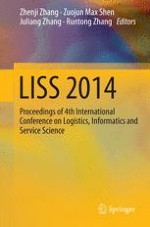2015 | OriginalPaper | Chapter
The “Fatal Flaws” and the “Trump Cards” of a Business Model: From the View of Key Disadvantages and Key Advantages
Activate our intelligent search to find suitable subject content or patents.
Select sections of text to find matching patents with Artificial Intelligence. powered by
Select sections of text to find additional relevant content using AI-assisted search. powered by
